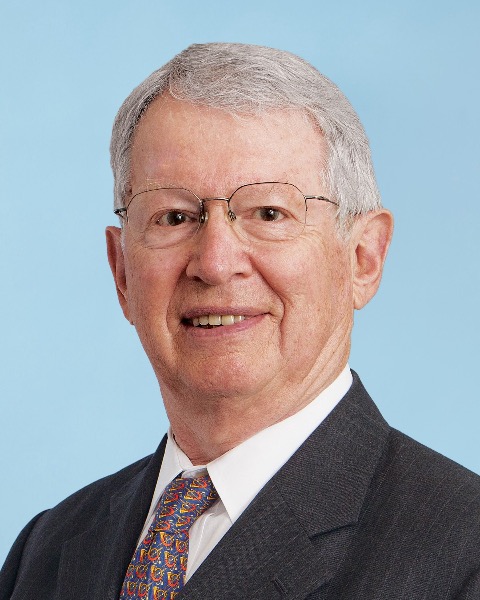Spring Meeting
General Session
Level 1: No prior knowledge of the subject (0-3 Years)
T:IC:L3
GS-3 - Beware: The World Economy Is Beginning to Shrink
Wednesday, May 8, 2024
11:00 AM - 12:15 PM East Coast USA Time
Location: Grand Ballroom East
Human population tends to grow, but resources such as arable land and fresh water tend not to grow. Added complexity, such as developing tools or using farming instead of hunting-gathering, can work around this problem for a while. Using fossil fuel resources to make more advanced tools helps further. But now we are reaching limits that seem likely to squeeze down the output of many of the advanced economies. The major dynamic becomes "not enough to go around." Political leaders cannot admit that such a problem might occur. They instead develop a narrative that wind and solar will save the world. In the real world, actuaries have to figure out how to price insurance policies so that they can pay claims in a rapidly changing world. Just "trending from past patterns" won't work. Clearly, auto repair and replacement costs can soar. Business can have problems like downtown San Francisco. A major problem is too much wage and wealth disparity, and the problems this brings to policies of many kinds.
Learning Objectives:
- Understand why past trends can be expected to change dramatically.
- Understand why broken supply lines are likely in the future, making replacements promised in policies difficult or impossible.
- Understand why growing conflict is likely, in a world where there are no longer enough goods and services to go around.




